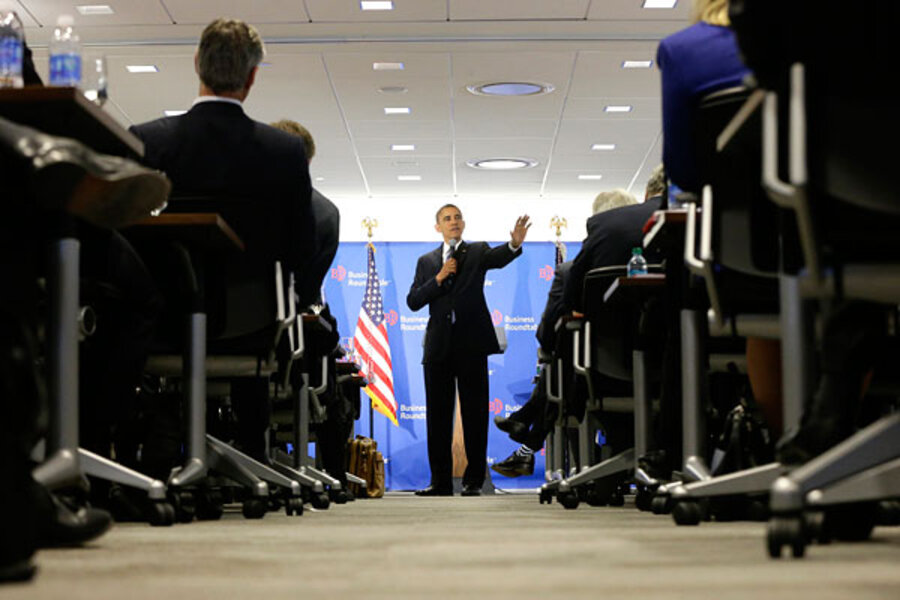While the 2011 debt-ceiling showdown stood alone, the 2013 debt battle comes amid battles over automatic spending reductions known as the "sequester" and the need to pass a federal budget.
So instead of just facing the prospect of default on the nation’s debt, there’s also $1.2 trillion in spending cuts over the next decade (the sequester) and the specter of government services grinding to a halt unless a budget or temporary continuing resolution is passed.
This may change the politics of the debt ceiling. Former House Speaker Newt Gingrich (R) suggested that the debt ceiling is not the most useful issue on which to make a stand, saying Republicans “have two wonderful, clear, and far better fights available in [government funding legislation] and the Sequester bill.”
“The debt ceiling involves the faith and credit of the United States. It can not be held hostage because the crisis impact of failing to pay the government’s debts would be immediate, worldwide, and shattering,” Gingrich wrote on one of his websites. “If Republicans fall for the debt ceiling trap they will once again be isolated in a corner, identified as negative extremists, and ultimately forced to back down with maximum internal conflict and bitterness among conservatives and Republicans.”
Mr. Obama has vowed not to negotiate on the debt ceiling, a shift from 2011, when he and House Speaker John Boehner (R) of Ohio tried to negotiate a large deal before eventually giving way to congressional and White House players.
The trio of issues will come to a head between Feb. 15 and the end of March.







